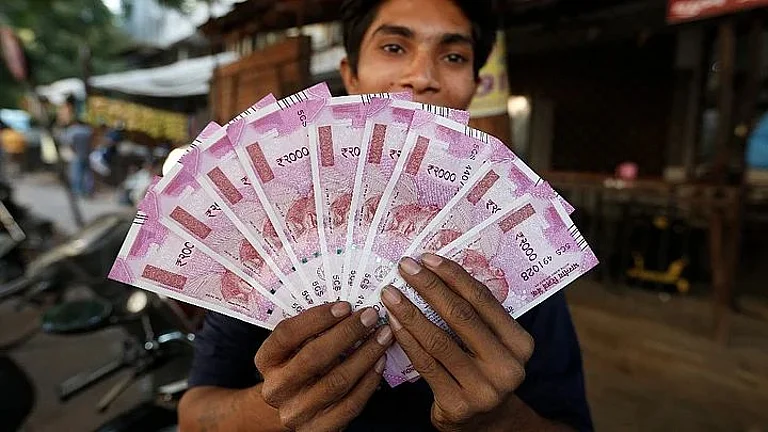India is the largest receiver of remittances in the world and has witnessed its share as a percentage of gross disposable income coming down from 3.5 per cent in FY 2010 to 2.5 per cent in FY 2019, as per a report by India Ratings and Research (Ind-Ra). The impact of weak consumption demand will be restricted to a few states considering their skewed shares in foreign remittances.
A considerable flow of remittances has a direct impact on aggregate demand as well as on banking sector deposits. “Banks with a higher Non-Resident Indian (NRI) deposit ratio in the total portfolio will be better able to hedge their risk than others, as the overall banking sector deposits are stable along with muted credit offtake,” notes the report.
The agency portfolio, The Federal Bank and The South Indian Bank reported a subdued growth in NRI deposits. It pointed out that the key risk for banks would be more visible only if the fall in deposits continued amid an increase in withdrawals on the back of the pandemic. However, the banks will be able to mitigate the risk only with the aid of improved domestic deposits.
On the flipside, despite muted external remittances, the rating agency believes the impact is expected to be restricted to the aggregate consumption level in the first order. This means the buoyancy in foreign capital flows would make up for the requirement of the capital.
Today, there are various ways of sending remittances, which include starting from the pattern of migration, taxation, cost of remittances to comparative return between host and home countries. These factors are structural enablers for remittances, leading to income generation. “Remittances are not closely linked to capital flows because it is a transfer of income to home destination. Therefore, the motivation is less of speculation, and remittances have remained more of a stable source,” notes the report.
Having said that, currently India receives the highest remittances from the Gulf Cooperation Council (GCC) which has remained stagnant since 2015 on the back of volatile oil prices in global markets. “As the economic growth of the region depends heavily on oil prices, the remittances from the region will be further pressured due to COVID-19 related factors coupled with falling oil prices in the coming times,” the report adds.






























